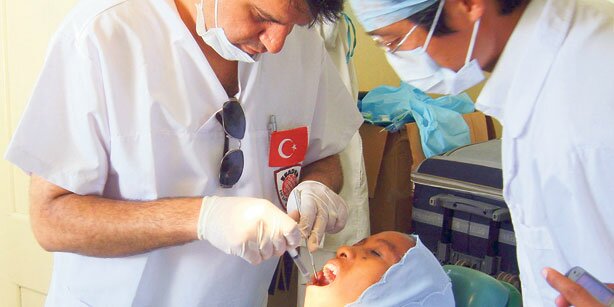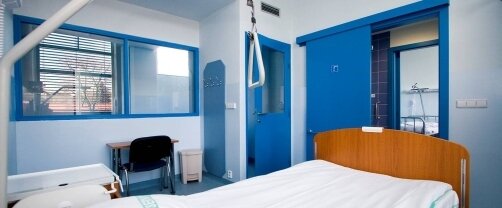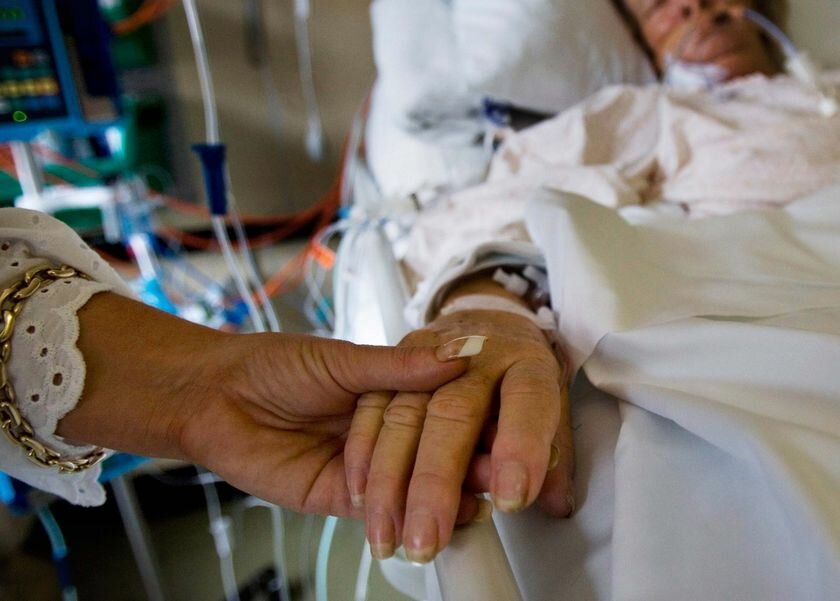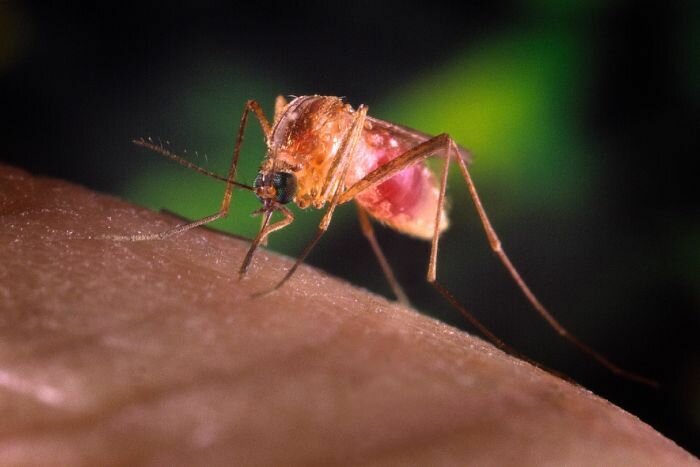The genetics of dengue could spell its own end
Thai-French genetic investigation of dengue fever reveals a fussy little disease
Scientists discover that dengue infection only occurs when the right strain of mosquito meets the right strain of the virus due to a complex genetic interaction between the two. Dengue fever is a tropical virus, which the World Health Organization says infects up to 100 million people every year. It’s thought to be endemic in more than 100 tropical countries. But due to climate change and globalization, outbreaks now occur in more temperate climates. For most people struck down with dengue, it’s like being hit by a nasty flu – which together with severe bone and joint pain – knocks you out for a couple of weeks. But for up to 5 percent of cases, it can develop into a life-threatening condition and that’s why the findings of the latest research are so important. A study by French and Thai scientists has found that dengue fever is spread through a genetic interaction between the mosquitoes which carry it and the virus which causes it. They found that mosquitoes can be susceptible to a certain strain of the virus – and at the same time they can be resistant to another. The scientists hope their discovery will lead to new drugs to control the disease and perhaps allow the release of dengue-resistant mosquitoes.
City-bound mozzies
Unlike the insect that spreads malaria, the aedes aegypti mosquito prefers urban areas where there is lots of standing water. In disease-prone countries like Thailand, residential areas are regularly fumigated. People are advised not to keep open water containers and to turn over vessels that are likely to collect rain water. The Thai government has demanded more regular spraying of homes because of a four-fold rise in the number of cases this year. ”It’s a bad year for the dengue fever in Thailand and in Southeast Asia,” says Dr Alongkot Ponlawat a lead researcher at the Armed Forces Research Institute of Medical Sciences (AFRIMS) in Bangkok. ”The Ministry of Health has had education campaigns but Thai people – they ignore [the advice] – until a family member gets sick from dengue and then they say: ‘Oh yeah, we have to control it.’”
AFRIMS, which exists due to a partnership between the US and the Royal Thai Army, can breed 20,000 female mosquitoes per week in its Bangkok laboratory for research purposes. The results of its joint project, with the Paris-based Institut Pasteur, have been published in the open-access journal PLOS Genetics. The other main researcher, Dr Louis Lambrechts, told DW they had a hunch that mosquitoes were vulnerable to just one type of dengue virus, and that they now have much more to go on.
“Although we had some indications that these specific genetic interactions occurred, they had never been mapped onto the mosquito chromosomes. So we have a very crude idea now of where on the mosquito’s chromosomes those specific interactions are physically located,” says Dr Lambrechts.
Towards a solution
He now wants to get a finer mapping of the genetic factors that determine dengue fever in mosquitoes. He thinks the research will – over time – help other scientists stop mosquitoes from transmitting the virus altogether. ”A lot of strategies consist of interrupting the cycle of the disease in the human host – for example, drugs or vaccine development,” says Dr Lambrechts. “But other strategies consist of interrupting transmission in the insect. So our research will hopefully lead to new targets in the mosquito vector.” But that may not happen without breeding disease resistant mosquitoes. It’s an idea that has been tried by one British firm. There’s growing opposition to the idea, amid claims that not enough research has been done.
Even after heavy rainfall, standing water allows the dengue-carrying mosquito to breed
“Some people have developed transgenic mosquitoes,” says Dr Lambrechts. “So by genetically engineering those mosquitoes, based on our knowledge of anti-viral defenses in the mosquito, genetically engineering these anti-viral defenses can lead to a mosquito that’s refractory to infection.”
As mosquitoes become increasingly resistant to pesticides, governments are increasingly open to controversial ideas. But Dr Ponlawat from AFRIMS thinks the widespread release of genetically modified mozzies is still many years off. ”There are many researchers doing the genetic aspect now for the dengue control, but there are many problems,” says Dr Ponlawat. “In some countries they don’t allow you to release genetically modified mosquitoes. And even if we have a good model, a good technique, it will still take more than 10 years before we can use this strategy to control the mosquito.”
Advanced vaccines
Another idea is the development of advanced human vaccines that not only prevent people becoming infected but also help mosquitoes stay free of the disease. ”Mosquitoes take their blood meals from their human hosts. So if you developed a transmission blocking vaccine, by treating the human population with the drug, you can interrupt the virus transmission of the mosquito when they take their meal,” says Dr Lambrechts.
Bangkok residents are being urged to upturn buckets and containers – but the advice often goes unheeded
The first – less advanced – human vaccine is reportedly to be released in 2014. But while the genetic research is vital, most scientists agree that a multi-pronged approach is the best way to control dengue. In Thailand, they’ve found natural, traditional methods to be effective. One example involves a fusion of lemongrass and water, which attracts mosquitoes and then kills their larvae once laid in the water. ”When we collect the mosquito larvae, the lemongrass container has lots of larvae. It is very effective. So people know they can use natural or chemical controls, they also know how to use a fish – the Gambusia fish, a small fish that they can put in their water containers,” says Dr Ponlawat. The method works because the fish eat the larvae. But Dr Ponlawat warns: “Don’t put the fish in your drinking water though!”
Read the full articel with more illustration: http://www.dw.de/top-stories/sci-tech/s-12526
Pin It




























